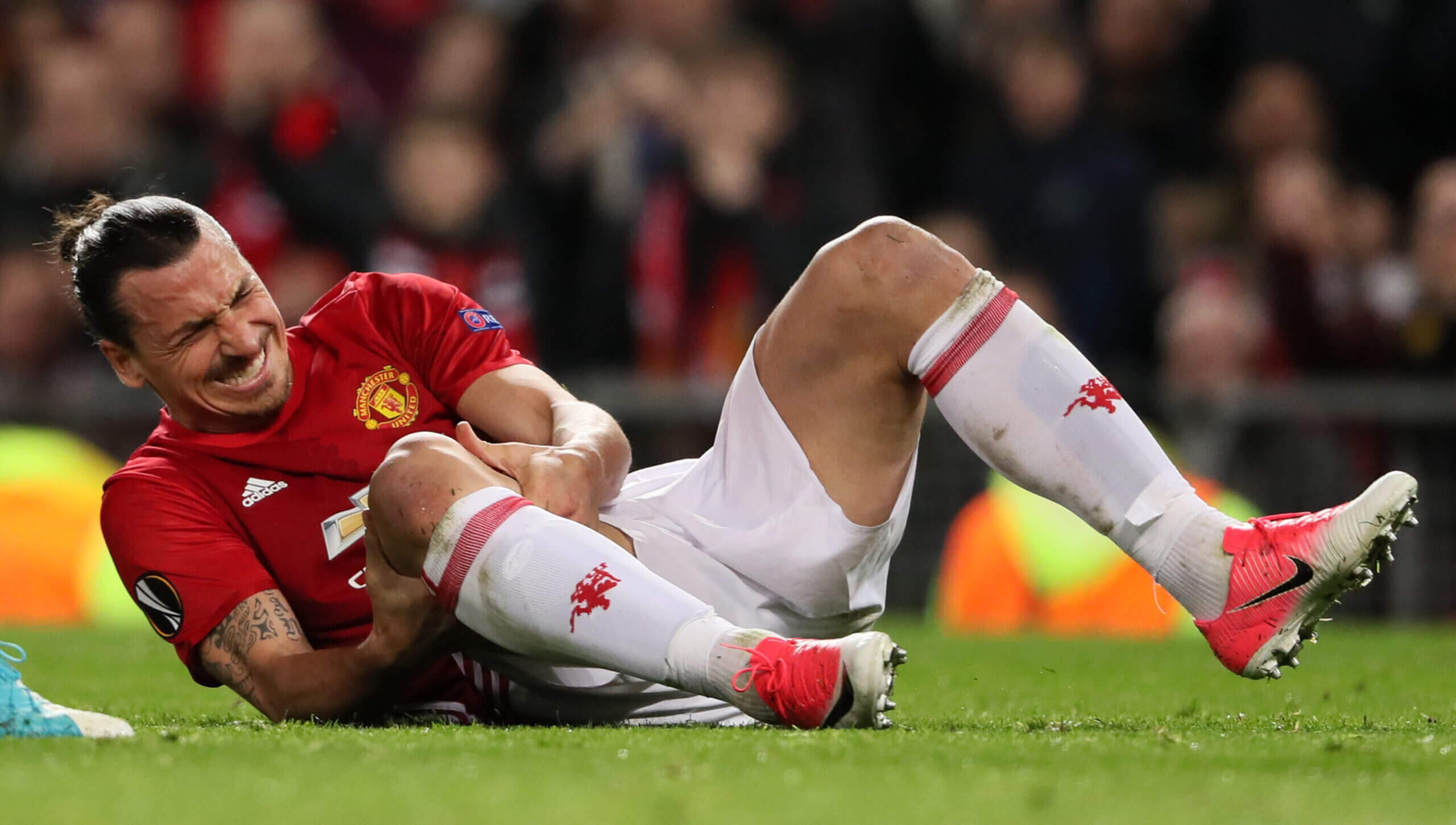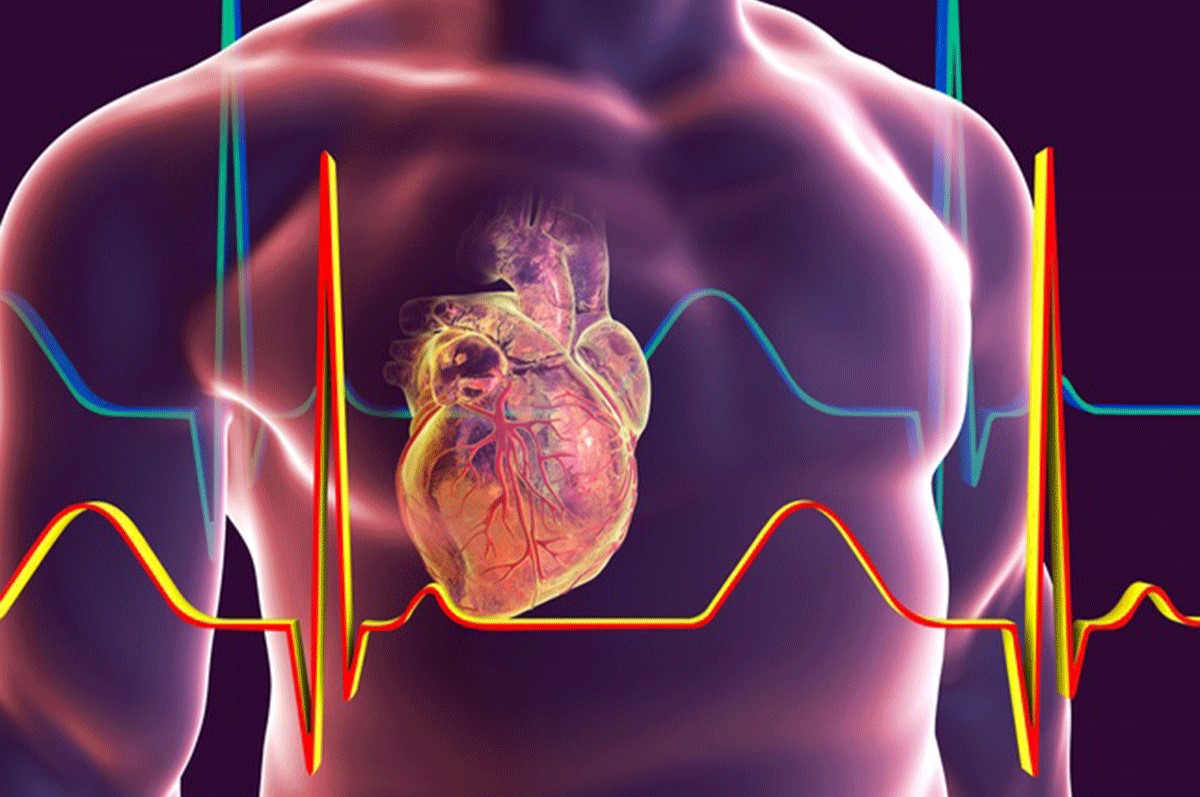
Ever heard a "pop" in your knee during a game? That might be an ACL injury. The anterior cruciate ligament (ACL) is a key player in keeping your knee stable. It's a common injury in sports like basketball, soccer, and skiing. Symptoms often include pain, swelling, and a wobbly knee. Women are more prone to these injuries than men, especially in high school and college sports. Treatment can range from physical therapy to surgery, depending on the severity. Long-term effects might include arthritis. Knowing the facts about ACL injuries can help you stay safe and make informed decisions if you ever face one.
What is the ACL and Why is it Important?
The anterior cruciate ligament (ACL) is a key player in knee stability. It connects the femur to the tibia and prevents excessive forward movement of the tibia. Let's dive into some crucial facts about ACL injuries.
-
Definition and Function: The ACL is one of four major knee ligaments, crucial for stability and preventing the tibia from moving too far forward.
-
Common Causes: ACL injuries often result from sports involving pivoting, cutting, and jumping, like basketball, soccer, and skiing.
-
Symptoms: A torn ACL usually causes a "pop" sound, immediate pain, swelling, and knee instability.
How Common are ACL Injuries?
ACL injuries are more frequent than you might think, especially in certain sports and among specific groups.
-
Prevalence: About 200,000 ACL injuries occur annually in the U.S., with 95,000 being complete ruptures.
-
Gender Differences: Females are 2.4-9.7 times more likely to suffer ACL injuries than males, especially in high-risk sports.
-
Sports-Specific Risks: Sports like soccer, basketball, and football have higher ACL injury rates due to the quick directional changes required.
Mechanisms and Immediate Response
Understanding how ACL injuries happen and what to do immediately can make a big difference.
-
Mechanisms of Injury: ACL tears can occur from twisting, valgus stress, or hyperextension of the knee.
-
Immediate Response: After an ACL injury, hearing a "pop" and experiencing pain and swelling are common. The knee may also feel unstable.
Diagnosing ACL Injuries
Proper diagnosis is crucial for effective treatment and recovery.
- Diagnosis: Physical exams and MRI scans are typically used to confirm an ACL tear and assess its severity.
Treatment Options for ACL Injuries
Treatment can vary depending on the severity of the injury and the patient's activity level.
-
Treatment Options: Both surgical and nonsurgical treatments are available. Surgery is often recommended for athletes needing full knee stability.
-
Surgical Reconstruction: This involves replacing the torn ACL with a graft from the patient's body or a donor.
-
Rehabilitation Process: Post-surgery rehab can take six to nine months, focusing on strength, stability, and coordination.
Risks and Long-Term Implications
ACL injuries can have long-lasting effects, including a higher risk of re-injury and other complications.
-
Risk of Re-Injury: Returning to sports too soon can increase the risk of re-injury. Proper rehab is crucial.
-
Long-Term Implications: ACL injuries can lead to degenerative changes and meniscal injuries, increasing the risk of osteoarthritis.
-
Osteoarthritis Risk: Women with ACL injuries have a 50-100% chance of developing knee osteoarthritis within 12-20 years.
Economic and Psychological Impact
The costs and emotional toll of ACL injuries are significant.
-
Economic Burden: In the U.S., ACL injuries cost over $3 billion annually, including surgery, rehab, and lost productivity.
-
Psychological Impact: ACL injuries can cause frustration, anxiety, and depression. Support from family and mental health professionals is essential.
Prevention Strategies
Preventing ACL injuries is possible with the right training and awareness.
-
Prevention Strategies: Neuromuscular training can reduce the risk of ACL injuries by about 50%.
-
Risk Factors: Biomechanical and neuromuscular deficits, especially in the hip and trunk, increase the risk of ACL injuries.
-
Athletic Participation: High school female athletes are particularly at risk due to the nature of their sports and frequent participation.
Incidence in Different Groups
ACL injuries affect various groups differently, from high school athletes to professionals.
-
Incidence in High School Athletes: High school female athletes have a 1.6-fold greater rate of ACL tears compared to males.
-
Incidence in Professional Athletes: Professional athletes, especially in sports like soccer, are at high risk due to the demands of their sports.
Treatment and Recovery in Athletes
Athletes often require specific treatment and recovery plans to return to their sport.
-
Symptoms in Professional Athletes: Severe symptoms may require immediate medical attention, including a "pop" sound, pain, and swelling.
-
Treatment in Professional Athletes: Surgical reconstruction is often necessary to ensure a quick and safe return to sports.
-
Return to Sport: Gradual progression from basic strength exercises to sport-specific movements is essential for a safe return.
Graft Selection for ACL Reconstruction
Choosing the right graft is crucial for successful ACL reconstruction.
-
Graft Selection: Autografts from the patient's body are preferred for their strength and integration.
-
Patellar Tendon Graft: Often used for high-level athletes, providing excellent strength and stability.
-
Quadriceps Tendon Graft: Useful for younger athletes needing strong knee stability.
-
Hamstring Graft: Favored for patients who want to remain active but don't have loose joints.
Rehabilitation Stages
Rehabilitation is a multi-stage process critical for recovery.
-
Rehabilitation Stages: Includes immediate post-operative care, early mobilization, strengthening exercises, and functional training.
-
Immediate Post-Operative Care: Focuses on pain management, swelling reduction, and early mobilization.
-
Early Mobilization: Prevents stiffness and promotes healing by encouraging knee movement soon after surgery.
-
Strengthening Exercises: Regain muscle strength and knee stability through targeted exercises.
-
Functional Training: Mimics sport-specific movements to ensure a safe return to sports.
Clearance and Risk of Re-Injury
Getting medical clearance and understanding re-injury risks are vital.
-
Clearance from Medical Team: Essential before returning to sports, ensuring strength, stability, and coordination.
-
Risk of Re-Injury: Significant if returning to sports too soon. Following a rehab program is crucial.
Psychological and Economic Impact
The emotional and financial toll of ACL injuries can't be ignored.
-
Psychological Impact: Injuries can lead to frustration, anxiety, and depression. Support is essential.
-
Costs of Treatment: Includes surgical costs, rehab, lost productivity, and long-term care for complications.
Preventive Measures and Training
Preventive measures can significantly reduce ACL injury risks.
-
Preventive Measures: Neuromuscular training enhances performance and reduces injury risk.
-
Biomechanical Deficits: Issues in the hip and trunk can increase knee ligament strain.
-
Neuromuscular Training: Proven to reduce ACL injury risk by targeting modifiable risk factors.
High-Risk Groups and Graft Failure
Certain groups are at higher risk, and graft failure rates are a concern.
-
High School Female Athletes: At higher risk due to sports nature and participation frequency.
-
Professional Athletes: High competition levels and sport demands increase injury risk.
-
Graft Failure Rates: Relatively low, ranging from 8% to 10%, with recurrent instability being a common issue.
Success Rates and Activity Levels
Understanding success rates and tailoring treatment to activity levels is crucial.
-
Success Rates of ACL Reconstruction: Long-term success rates range from 75% to 95%.
-
Activity Levels and Treatment: Treatment must match the patient's preoperative activity level, categorized by the International Knee Documentation Committee (IKDC).
Nonsurgical Treatment and Economic Impact
Nonsurgical options and the economic impact of ACL injuries are significant.
-
Nonsurgical Treatment: May be considered for patients in lower activity levels. Young athletes should consult for surgery due to potential complications.
-
Economic Impact: ACL injuries cost over $3 billion annually in the U.S., including surgery, rehab, and lost productivity.
Future Research Directions
Ongoing research aims to improve prevention, treatment, and recovery.
-
Future Research Directions: Focus on identifying effective prevention strategies, improving surgical techniques, and enhancing rehab programs.
-
Improving Patient Outcomes: Efforts aim to reduce ACL injury incidence and improve recovery and long-term health.
The Road Ahead
ACL injuries are a big deal in sports and everyday life. They can cause pain, instability, and long-term issues like osteoarthritis. Knowing the causes, symptoms, and treatment options is key. Whether you're an athlete or just active, understanding how to prevent these injuries can save you a lot of trouble. Neuromuscular training and proper rehab are crucial. If you do get injured, early diagnosis and the right treatment plan can make a huge difference. Surgery might be necessary for some, while others may manage with non-surgical methods. Always follow your medical team's advice and don't rush back into activities. The goal is a full recovery and getting back to what you love without risking further injury. Stay informed, stay cautious, and take care of your knees.
Was this page helpful?
Our commitment to delivering trustworthy and engaging content is at the heart of what we do. Each fact on our site is contributed by real users like you, bringing a wealth of diverse insights and information. To ensure the highest standards of accuracy and reliability, our dedicated editors meticulously review each submission. This process guarantees that the facts we share are not only fascinating but also credible. Trust in our commitment to quality and authenticity as you explore and learn with us.


